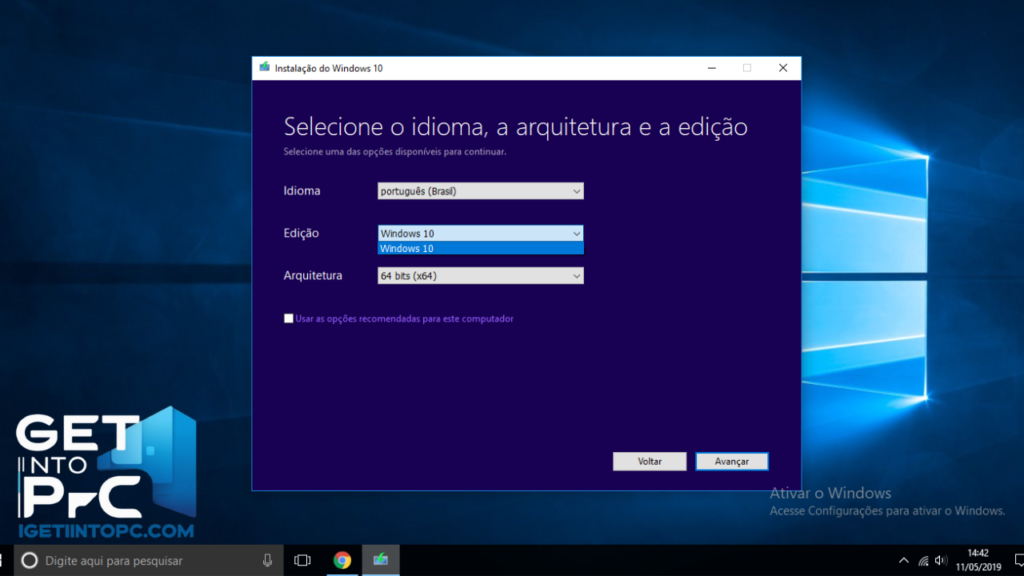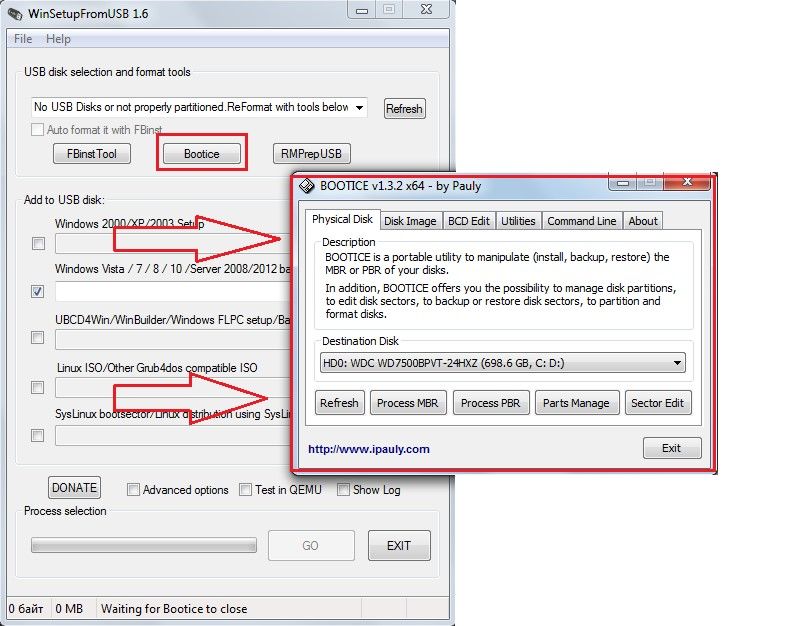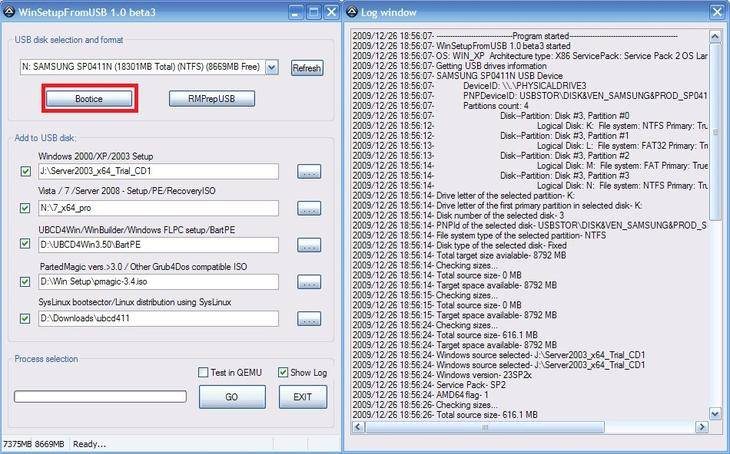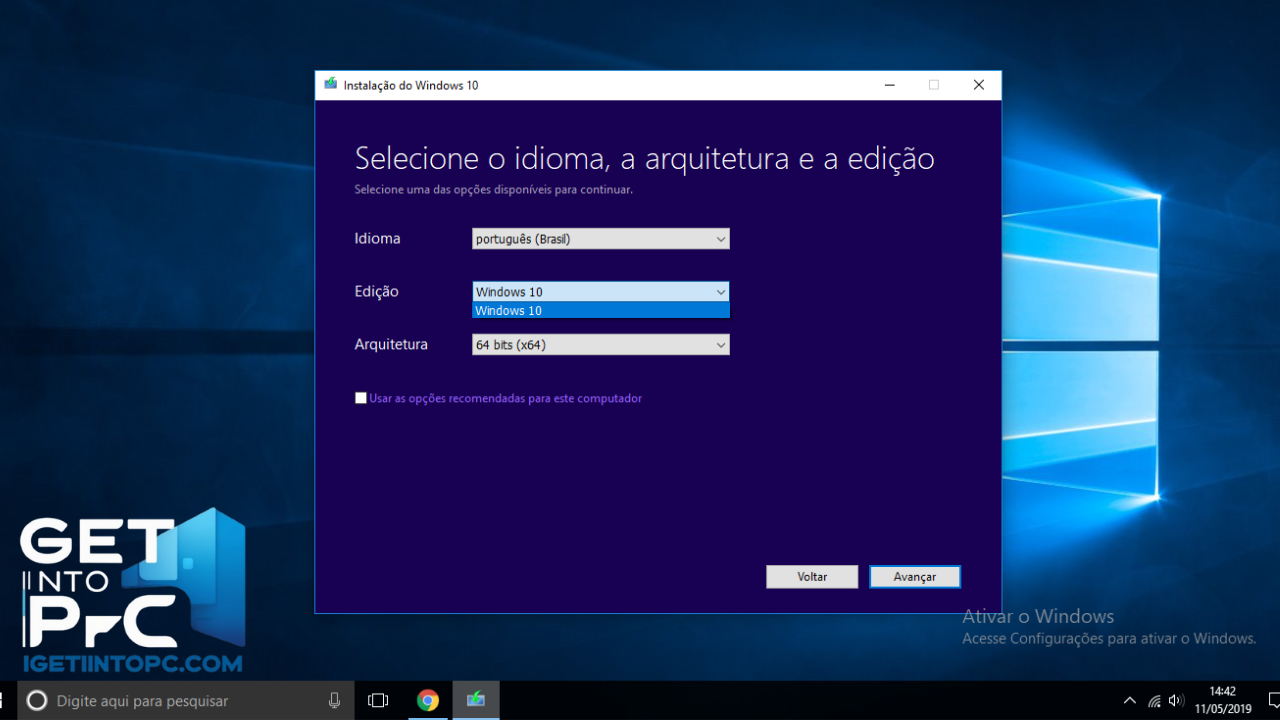Setting up Windows from a USB drive has become a necessity for many users looking to install or reinstall their operating system. This guide will provide a detailed overview of the steps involved, the features of the setup, and the technical specifications to ensure a smooth installation process. Whether you are a novice or an experienced user, this article will equip you with the knowledge you need to successfully create a bootable USB drive for Windows installation.
Overview of Windows USB Setup

Installing Windows via a USB drive is a straightforward and efficient method compared to traditional DVD installations. It allows for faster data transfer rates and is particularly useful for modern computers that lack optical drives. By following a few simple steps, you can create a bootable USB drive that contains all necessary installation files. This process not only saves time but also provides flexibility in managing multiple installations across different machines.
Importance of a Bootable USB Drive
Creating a bootable USB drive for Windows installation is essential, especially in scenarios where the hard drive is not functioning or when upgrading to a newer version of Windows. A USB drive can hold all the necessary files, making it a convenient option for installations. Moreover, with USB 3.0 support, installation speeds are significantly enhanced, allowing for a quicker setup experience.

Step-by-Step Guide to Create a Bootable USB Drive
- Download the Windows ISO File: Begin by downloading the Windows ISO file from the official Microsoft website. Ensure that you select the version compatible with your system architecture (64-bit).
- Prepare the USB Drive: Use a USB drive with at least 8 GB of storage. Format the USB drive to ensure it is empty and ready for the installation files.
- Use a Tool for Bootable USB Creation: Download a tool like Rufus or Windows USB/DVD Download Tool. These programs streamline the creation of a bootable USB drive.
- Select the ISO File: Open the tool and select the ISO file you downloaded. Follow the prompts to create the bootable USB drive.
- Set BIOS to Boot from USB: Restart your computer and enter the BIOS settings. Change the boot order to prioritize the USB drive.
- Install Windows: Save the BIOS settings, reboot your computer, and follow the on-screen instructions to install Windows from the USB drive.

Features of Windows USB Setup
- Quick Installation: Speed up the installation process with a USB drive.
- Easy Recovery: Use the USB drive for system recovery in case of failures.
- Compatibility: Works with various Windows versions.
- Portability: Easily transportable for installations on multiple machines.
- User-Friendly Tools: Tools like Rufus simplify the creation process.
- UEFI Support: Compatible with modern UEFI firmware.
- Secure Boot: Ensures that only trusted software is run during installation.
- Multi-Partition Support: Allows multiple operating systems on a single USB drive.
Technical Specifications of This Release
- Version: Windows 10/11
- Interface Language: Multiple languages available
- Designed By: Microsoft
- Type of Game/Software: Operating System
- Audio Language: Multiple options
- Uploader / Repacker Group: Official Microsoft
- File Name: WinSetup.iso
- Download Size: Approximately 5 GB

System Requirements for PC
Minimum Requirements:
- Processor: 1 GHz or faster
- RAM: 1 GB (32-bit) or 2 GB (64-bit)
- Storage: 16 GB free space
- Graphics: DirectX 9 compatible with WDDM driver
Recommended Requirements:
- Processor: 2 GHz dual-core or better
- RAM: 4 GB or more
- Storage: 20 GB free space
- Graphics: DirectX 10 compatible
